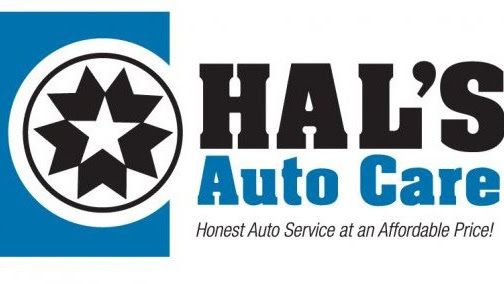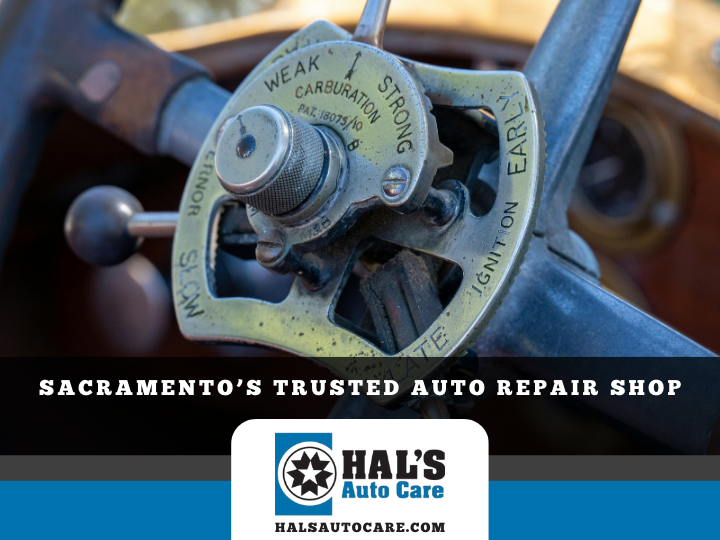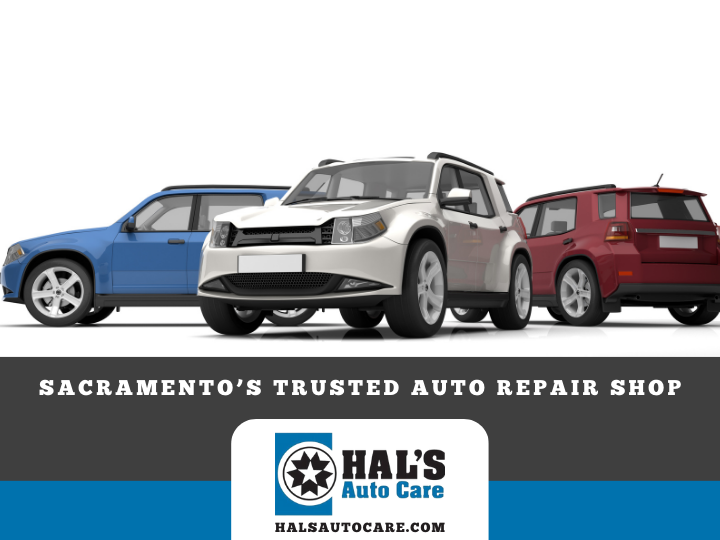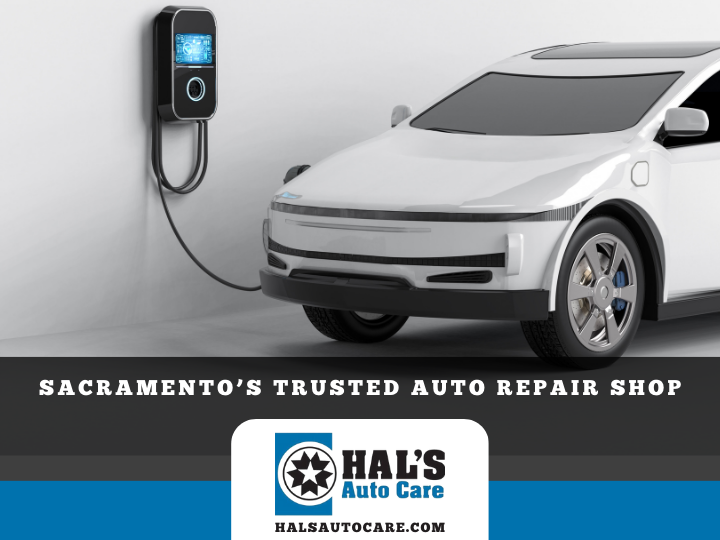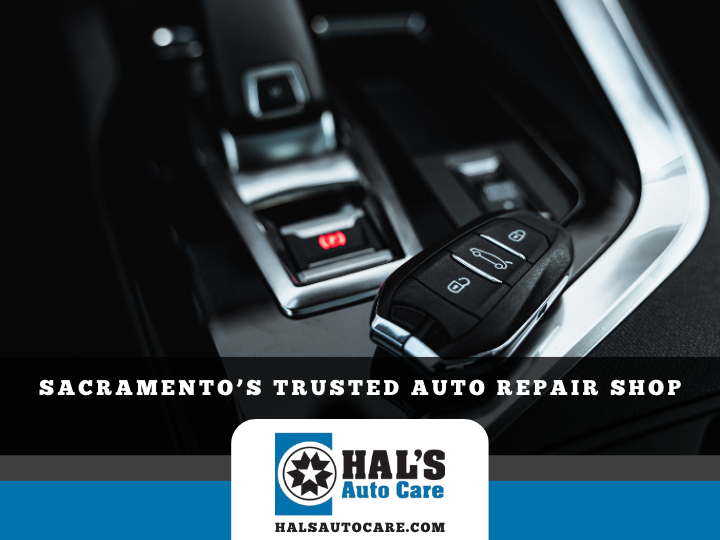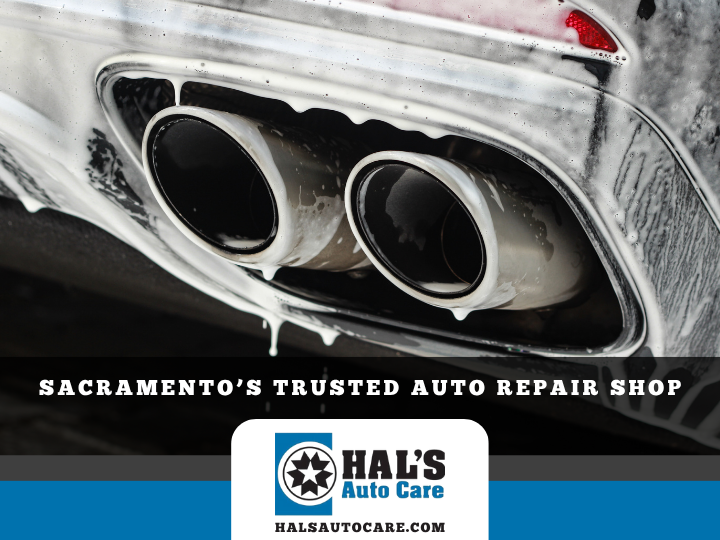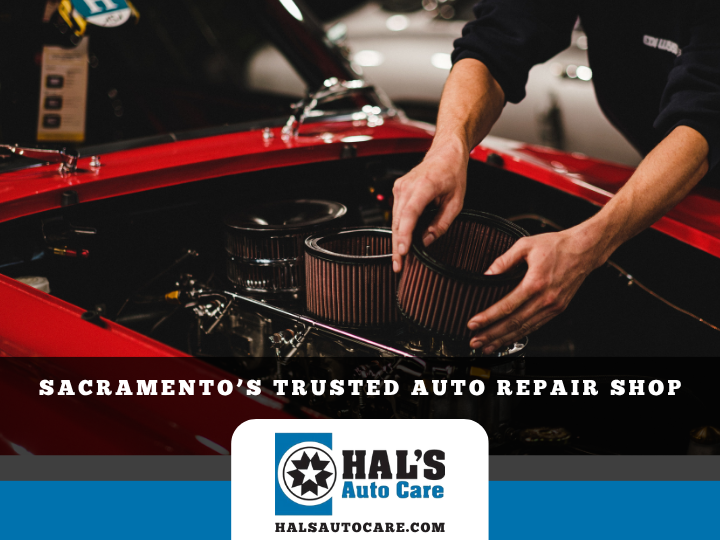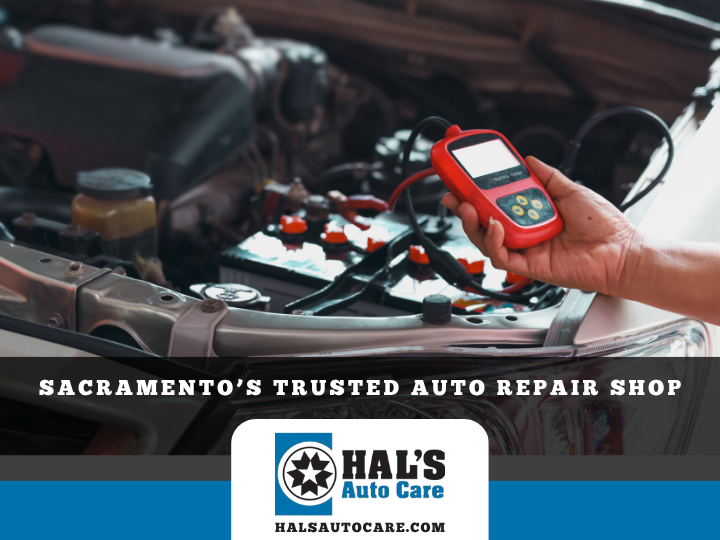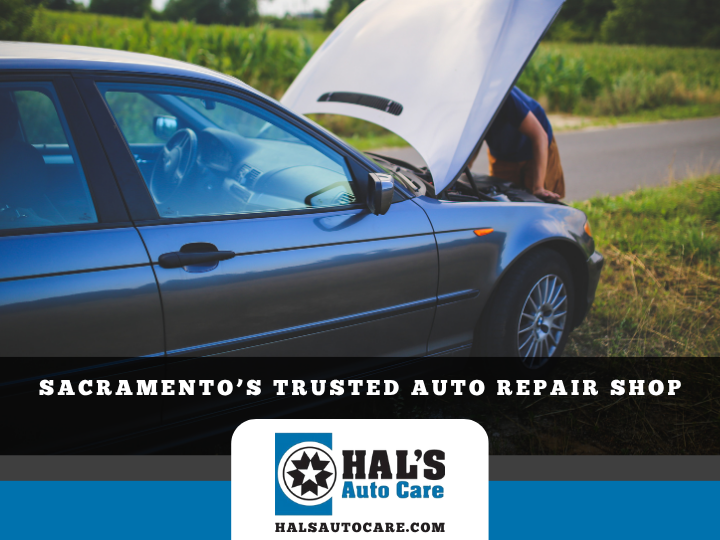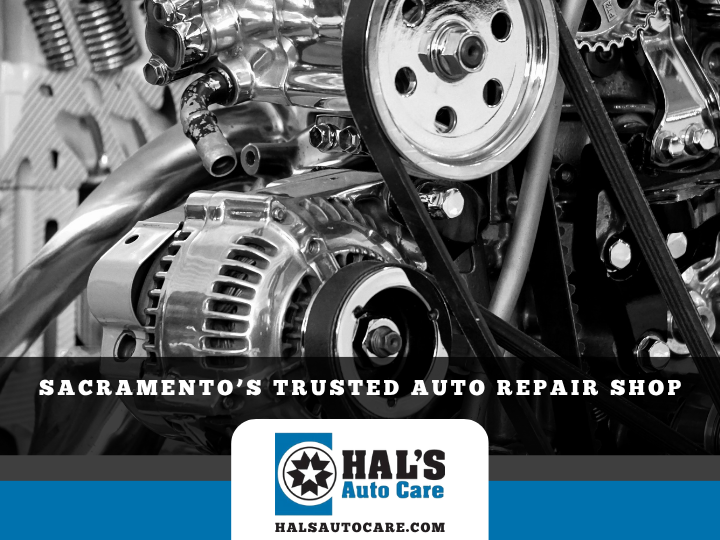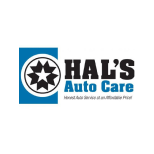How do I get my car ready for winter?
How do I get my car ready for winter?
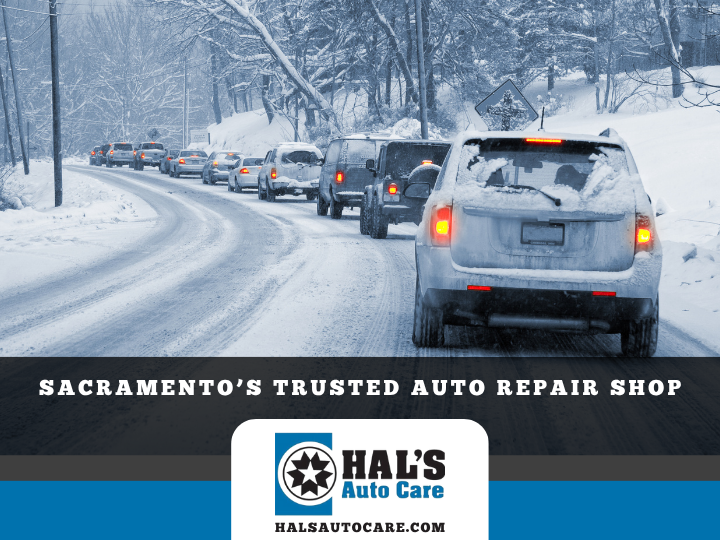
How to Get Your Car Ready for Winter: The Complete Guide for Sacramento, CA Drivers
Winter in Sacramento may not bring heavy snow like the mountains, but it still challenges your car in ways many drivers overlook. Chilly mornings, fog, rain, and fluctuating temperatures can wear down components, affect performance, and create unsafe driving conditions if your vehicle isn’t properly maintained.
Whether you’re commuting through Arden-Arcade, heading to Carmichael, or taking weekend trips toward Auburn or Tahoe, preparing your car for winter ensures safety, comfort, and reliability.
This complete guide from Hal’s Auto Care walks you through how to get your car ready for winter — step by step — with professional insights from Sacramento’s trusted auto repair experts.
1. Why Winterizing Your Vehicle Matters
Sacramento winters are defined by rain, cold starts, and fog — not snowstorms — but that’s exactly why many local drivers underestimate the importance of winter prep.
Even mild winters stress your vehicle’s systems in subtle but powerful ways:
- Cold temperatures reduce
battery performance.
- Rain and fog limit
visibility, making wipers and lights crucial.
- Wet roads increase
braking distance.
- Rapid temperature changes cause
fluid thickening and
tire pressure loss.
Preparing ahead of time keeps your car safe, efficient, and dependable through every damp morning and foggy night.
2. Schedule a Pre-Winter Inspection
Before winter weather sets in, schedule a winter readiness inspection at Hal’s Auto Care. A thorough inspection helps identify weak points before they turn into breakdowns.
A professional winter inspection covers:
- Battery and charging system testing
- Tire tread and pressure check
- Brake system evaluation
- Coolant protection and fluid inspection
- Wipers, lights, and heating system testing
Hal’s Auto Care provides complete multi-point inspections that ensure your car is ready for whatever the Sacramento winter throws your way.
3. Check Your Battery and Electrical System
Your car’s battery works hardest in the winter. Cold mornings slow chemical reactions, meaning your battery delivers less power just when your starter demands more.
Battery checklist:
- Test voltage and cold-cranking amps.
- Replace any battery more than three years old.
- Clean terminals and remove corrosion.
- Inspect alternator performance.
A failing battery often shows early warning signs — slow cranking or dim lights. Have your system checked before the cold weather settles in.
4. Inspect Tires and Tire Pressure
Tires are your vehicle’s only point of contact with the road — and when winter rain hits, traction becomes everything.
Tire preparation checklist:
- Measure tread depth (minimum 4/32" for winter driving).
- Inspect for uneven wear or sidewall damage.
- Check tire pressure weekly — cold air causes PSI to drop.
- Rotate tires every 5,000–7,000 miles.
Tire type matters:
- All-season tires are suitable for most Sacramento drivers.
- If you drive toward
Auburn, Placerville, or Tahoe, consider
all-weather or winter-rated tires for better grip.
Proper tire maintenance improves stopping distance and safety in wet and foggy conditions.
5. Replace Wiper Blades and Refill Washer Fluid
Visibility is a top safety concern during Sacramento’s rainy season. Old wipers or empty washer fluid can make even a short drive dangerous.
Wiper care tips:
- Replace wiper blades every six months or before the rainy season.
- Choose all-weather or beam-style blades for streak-free performance.
- Fill your washer reservoir with winter-grade fluid that resists freezing.
- Test your defrosters and sprayers for consistent coverage.
Clean, clear glass is non-negotiable — especially when navigating foggy mornings or heavy rainfall.
6. Check Brakes and Suspension
When roads are wet or slick, stopping power becomes critical. Your brakes and suspension work together to maintain control and stability.
Have Hal’s Auto Care inspect:
- Brake pads and rotors for wear or warping.
- Brake fluid for proper level and clarity.
- Suspension components like shocks and struts for leaks or weakness.
- ABS function to ensure optimal control in slippery conditions.
Even slight brake fade can double your stopping distance in rain — and that’s the difference between a safe stop and an accident.
7. Inspect Coolant and Fluid Levels
Your cooling system doesn’t just prevent overheating — it also protects your engine from freezing and corrosion.
Coolant checklist:
- Ensure a 50/50 antifreeze-to-water ratio.
- Replace old coolant (typically every 2–3 years).
- Check hoses for cracks or bulges.
- Test the radiator cap for proper pressure retention.
Also inspect:
- Oil: Change before winter. Fresh oil flows better in the cold.
- Brake fluid: Replace if dark or contaminated.
- Transmission fluid: Check for proper level and color.
- Power steering fluid: Top off if low.
At Hal’s Auto Care, we use manufacturer-approved fluids to ensure long-term protection in all temperatures.
8. Test Heating and Defrost Systems
Your heating system isn’t just about comfort — it’s also critical for visibility. A properly working heater and defroster keep windows clear and ensure your windshield doesn’t fog up.
Check for:
- Weak or no heat output.
- Fog that lingers even with defrosters on.
- Unusual smells (could indicate a coolant leak or heater core issue).
- Poor airflow from vents.
A simple inspection can prevent cold, foggy commutes and ensure safe visibility in Sacramento’s damp winter mornings.
9. Examine Belts and Hoses
Cold air causes rubber to contract and exposes any cracks or weaknesses.
Inspect:
- Drive belts for glazing, fraying, or cracks.
- Radiator and heater hoses for leaks, bulges, or soft spots.
- Clamps and fittings for corrosion or looseness.
Replacing aging components now prevents sudden breakdowns later.
10. Test Lights and Replace Bulbs
Shorter days and foggy evenings make lighting a top priority for winter driving.
Check all lights:
- Headlights (low and high beams)
- Fog lights
- Brake lights and turn signals
- Reverse lights
Clean foggy headlight lenses or upgrade to brighter bulbs to maximize nighttime visibility on Howe Avenue, Watt Avenue, and other local routes.
11. Wash and Protect Your Vehicle
Rain, mud, and road debris can damage your vehicle’s paint and undercarriage over time.
Protective measures:
- Wash your car regularly, even in winter.
- Apply a quality wax or sealant before the rainy season.
- Clean wheel wells and underbody areas.
- Use tire protectant to prevent cracking.
A clean vehicle doesn’t just look good — it resists corrosion, maintains value, and lasts longer.
12. Replace Cabin and Engine Air Filters
Fresh filters are often overlooked but make a noticeable difference in comfort and performance.
Cabin filter:
- Replacing it improves air quality and heater performance.
- Prevents fog buildup and musty odors.
Engine air filter:
- Ensures smooth airflow and better fuel efficiency.
- Protects your engine from dirt and debris.
Both should be checked during your pre-winter service.
13. Inspect Exhaust System for Leaks
Exhaust leaks are not only loud — they’re dangerous.
Check for:
- Holes or rust in pipes and mufflers.
- Unusual noise or fumes under the car.
- Loose brackets or hangers.
In winter, when you’re driving with the windows up and heater on, a small exhaust leak can lead to carbon monoxide exposure.
14. Lubricate Locks, Hinges, and Weather Stripping
Cold and damp conditions can cause metal and rubber parts to stick.
Quick tips:
- Use silicone spray on weather stripping.
- Lubricate locks with graphite powder.
- Grease door hinges and latches.
These minor details help keep your car doors and windows working smoothly throughout the winter.
15. Prepare an Emergency Kit
Even with a well-maintained car, being prepared can save time and stress.
Include in your kit:
- Jumper cables or jump starter
- Flashlight and extra batteries
- First-aid kit
- Blanket or warm jacket
- Tire inflator or sealant
- Bottled water and non-perishable snacks
- Multi-tool or wrench
- Cell phone charger
It’s simple insurance against the unexpected.
16. Drive Smarter in Winter Conditions
Even the best maintenance won’t prevent all risks — smart driving habits matter too.
Winter driving tips for Sacramento:
- Slow down and increase following distance on wet roads.
- Avoid hard braking or sudden acceleration.
- Steer smoothly — overcorrection leads to loss of traction.
- Keep headlights on in fog or rain for visibility.
- Use your defroster before driving to clear all glass surfaces.
These habits prevent accidents and help your maintenance work pay off.
17. Schedule Your Winter Readiness Service at Hal’s Auto Care
At Hal’s Auto Care, we’ve been helping Sacramento drivers stay safe and prepared for decades. Our Winter Readiness Service ensures every key system in your vehicle is inspected, tested, and optimized for cold-weather reliability.
Our comprehensive service includes:
- Battery and charging system test
- Tire, brake, and suspension inspection
- Fluid and coolant check
- Wiper and defroster service
- Lighting and filter replacement
- Preventive maintenance recommendations
We proudly serve Sacramento, Arden-Arcade, Carmichael, Fair Oaks, and surrounding areas, helping local drivers stay confident and comfortable all season long.
Schedule your winter prep service with Hal’s Auto Care today — and drive knowing your car is truly ready for whatever winter brings.
You can watch the video


